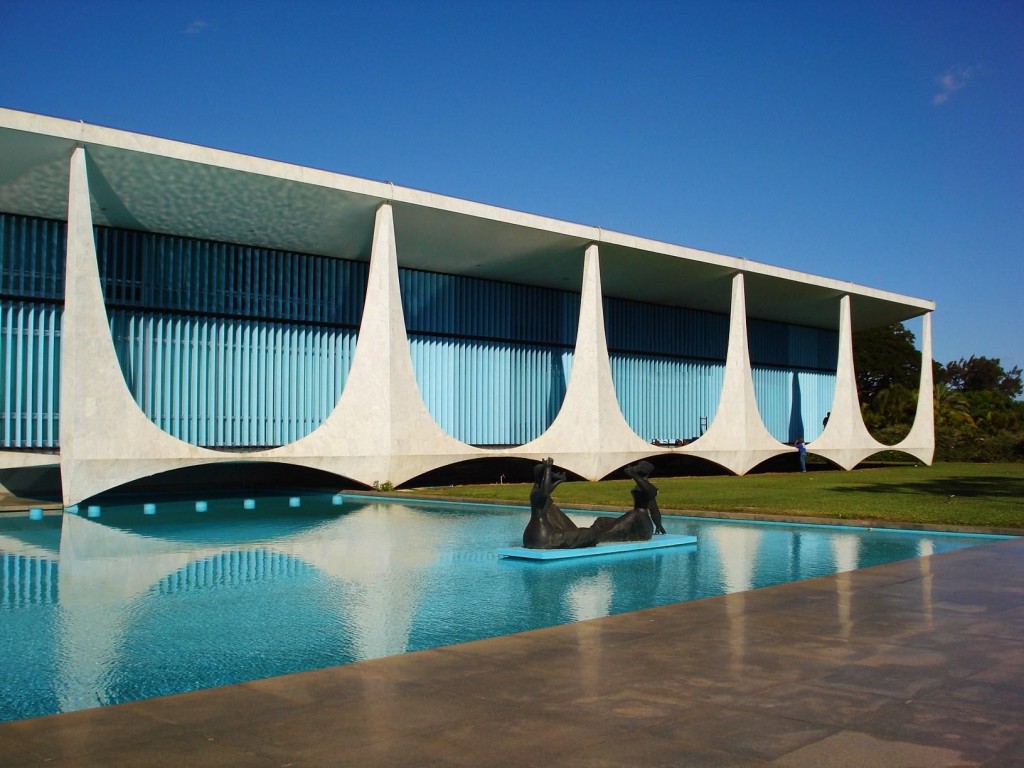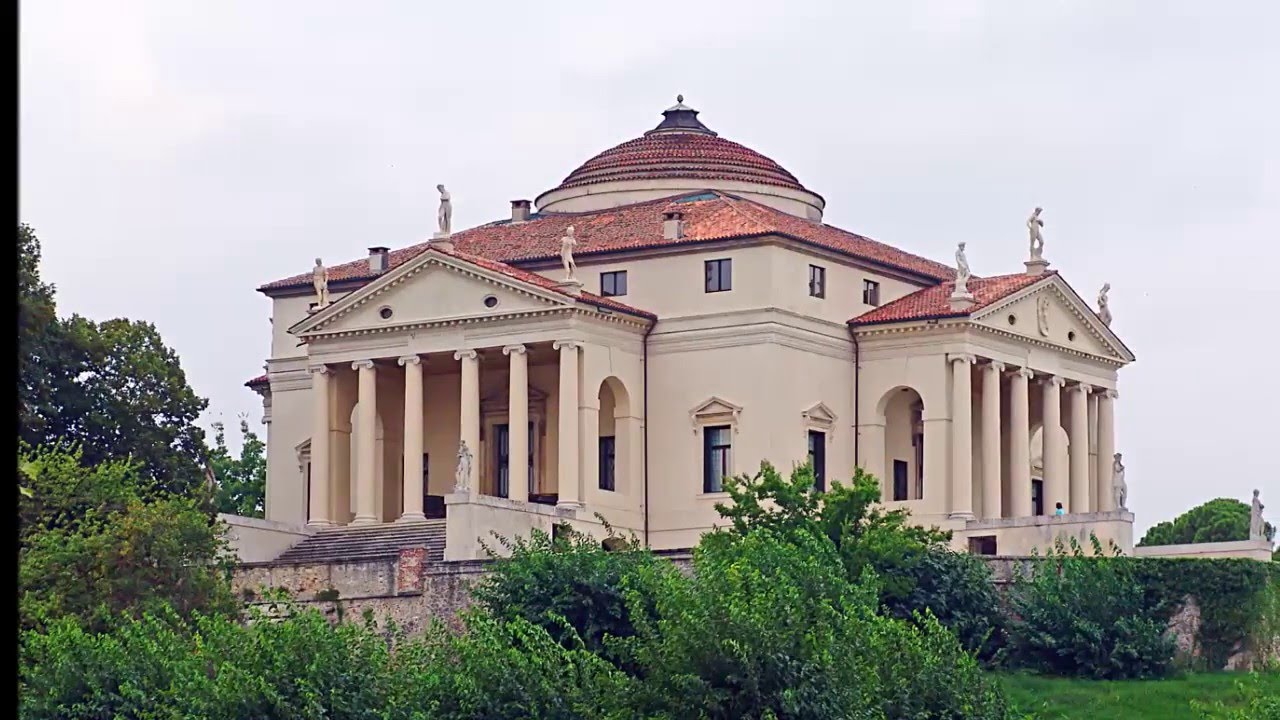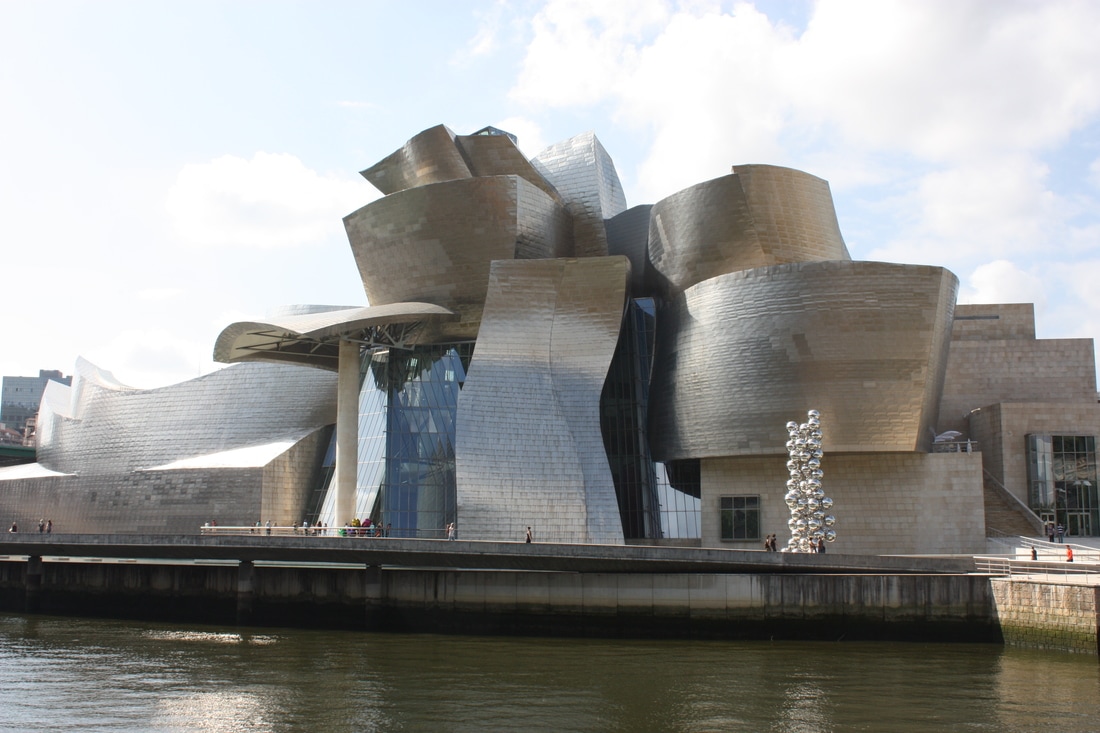In his new book ‘What’s so great about the Eiffel Tower?’ (published by Laurence King Publishing), architecture critic Jonathan Glancey takes the challenge of telling the history of architecture’s masterpieces through 70 examples, presenting them in a fresh, unusual way, that comes to lead the reader into thinking slightly differently on architecture. In selecting some of history’s most iconic buildings, Glancey poses such provocative questions as “Less is more or less is bore?” when discussing Mies and Venturi; “Iconic Folly or inspired Urban Sculpture?” referring to Gehry’s Guggenheim Bilbao; “Symbol of the Prussian Enlightenment, or foundation story for Miesian Modernism?” of Schinke’s masterpiece, the Altes Museum; or “Design for Life or Death?” perceiving the Hancock Shaker Village as ‘lifeless.’ It is a wonderful book for beginners, or those interested to getting introduced to architecture, as you can learn here about the movements, architects, styles, in all continents; you can learn that the Parthenon was actually multi-colored; that the Stansted Airport in Essex by Foster and Partners was to airports what Guggenheim Bilbao was to museums; that the Centre Pompidou was to the 70s what Paxton’s Chrystal Palace was to the Victorians; or that Le Thoronet, the late 12th-century abbey had become the formative inspiration for John Pawson’s Minimalism. The book is also an entertaining, even amusing experience to those who know architecture and its history, as it provides some great anecdotes, reminding us of all the great buildings that we love to love. A great book to take with you on vacation.






